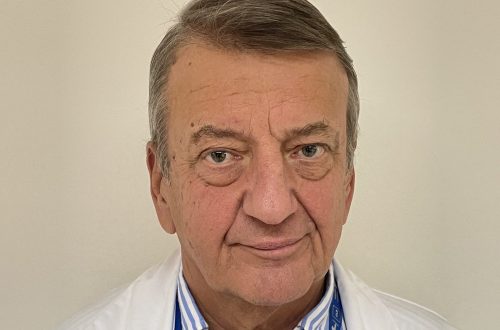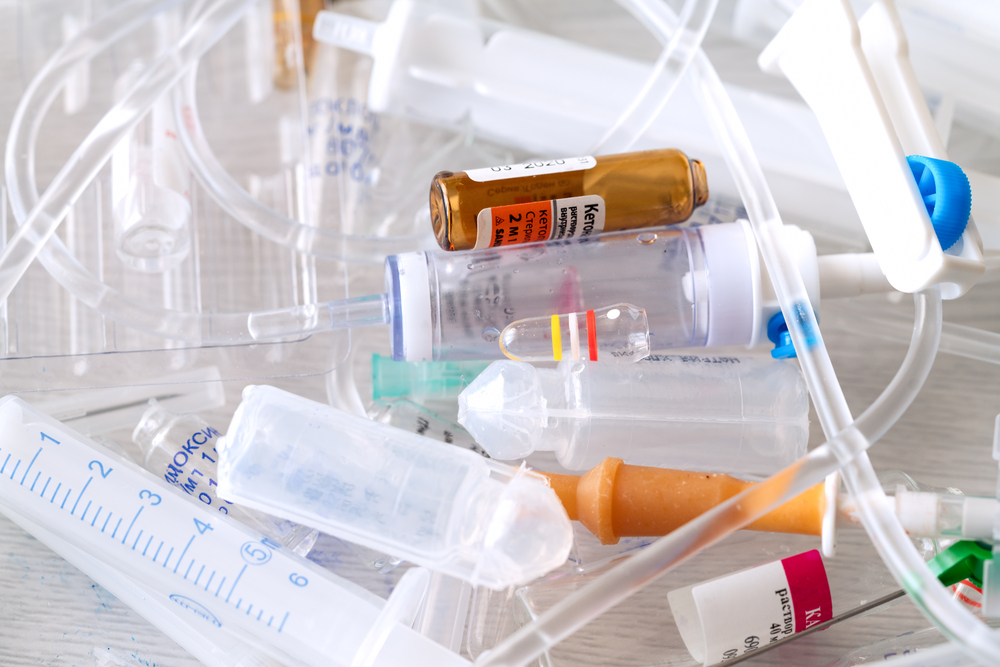Congress Newsletter 2023
Wellbeing in Anesthesia and Intensive Care — Caring for Our Caregivers Is a Priority
Clinicians working in the fields of anaesthesia and intensive care are no strangers to the burnout phenomenon that is affecting a significant portion of healthcare professionals worldwide. But ensuring the wellbeing of medical staff goes well beyond addressing burnout or mental health issues, Dr Julie Highfield, a clinical psychologist from Cardiff, UK, said in a panel discussion at the 2023 Euroanaesthesia Congress.
“We should not measure wellbeing by an absence of pathology,” Highfield said. “Too many times, people are measuring wellbeing to burnout, posttraumatic stress disorder, or moral injury.”
Wellbeing has been described as a state of positive feelings and meeting one’s full potential in the world. While there is no consensus on what wellbeing means, most definitions include a hedonic element, referring to the ability to experience happiness and positive emotions, and an eudaimonic element that describes thriving and achieving personal potential. These are particular to each individual and can be subjective.
Highfield, who serves as the National Wellbeing Director of the Intensive Care Society, explained that the network of factors that determine those experiences is highly intricate. The ability to experience positive emotions such as joy, pride, sense of purpose, and autonomy in the workplace is influenced by a host of psychosocial predeterminants, including individual traits, life outside of work, and personal history. Factors related to the workplace, including the nature of the work and its demands, availability of resources, organization culture, and relationships with leaders and peers, also play a role in enabling clinicians to experience wellbeing.
“As a psychologist working with people with wellbeing issues within critical care, quite often things would go wrong when they felt that they were not able to do a good job and they no longer felt good about the job that they were doing,” Highfield said. “There are experiences of moral distress, that gap between what we wish to do and what we are able to deliver that can traumatize us. And we can give so much of ourselves that we come to exhaustion.” While wellbeing cannot be reduced to the absence of mental health issues, maintaining mental health is paramount in ensuring that clinical staff feel well and function at their full potential.
“It’s important to think about stress in the workplace in two parts,” the speaker said. “The primary stressor, what we signed up for, is the nature of the work itself. The secondary stressors are what get in the way of us doing a good job.” In the fields of anesthetics and critical care, primary stressors revolve around the patient, who is at the center of the job. Elements of patient care such as distress, disease, death, and differential diagnoses, as well as patient demands and difficult dynamics all contribute to job strain. Secondary stressors may include the lack of resources, failure of systems, poor leadership, unhelpful bureaucracy, excessive demands, poor infrastructure, and inadequate staffing or scheduling strategies.
“These can pull us in both directions,” Highfield said. “When we find that balance in the middle, supported by what we bring and what the organization gives to us, then we can do what’s right for the patient and we can learn when we can’t do what’s right for the patient.” While offering patients positive experiences and adequate care remains the focus of clinical work, feeling valued and supported by their organizations and having positive work relationships play a major role in shaping wellbeing in the workplace.
However, maintaining wellbeing at work is a fine balancing act that involves several phases. The core strategy of the Intensive Care Society and other health organizations includes a primary, preventative phase that consists of creating conditions for the personnel to thrive and preparing them for the work. In the secondary maintenance phase, institutions and leaders must ensure that the staff’s wellbeing is maintained. A final, tertiary phase involves responding to issues and restoring wellbeing to the baseline when things go wrong.
As long as the wellbeing of clinical staff is not considered a priority in many healthcare institutions, implementing changes is an uphill battle, Highfield said. Although progress may happen slowly, over many years, collaboration among professionals and persistence in pursuing these goals are key to bringing about positive changes in the clinical workplace.










